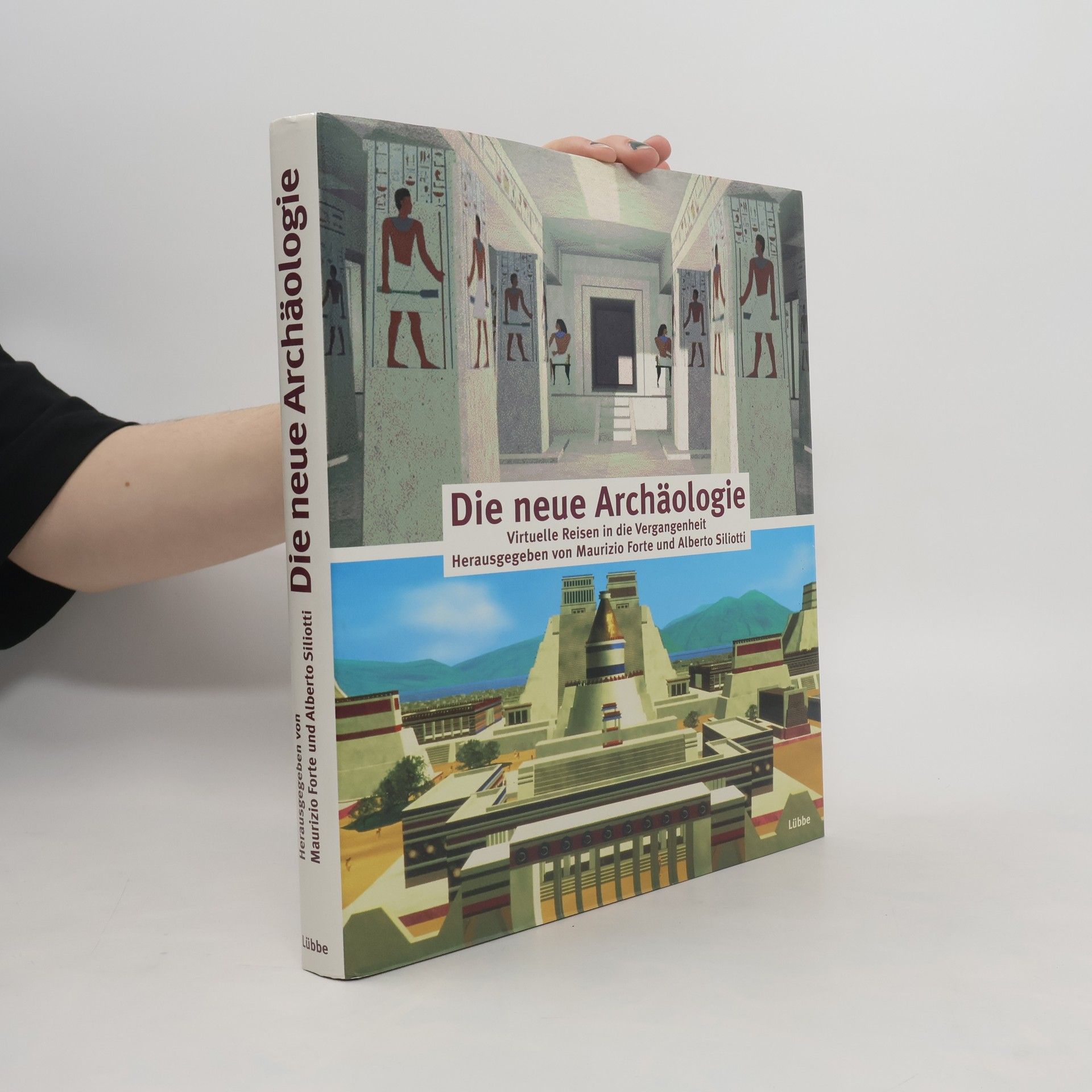Digital Methods and Remote Sensing in Archaeology
Archaeology in the Age of Sensing
- 515pages
- 19 heures de lecture
This volume introduces a new scope of Remote Sensing, initially defined as analyzing data from sensors not in physical contact with the objects being studied, such as cameras and radar systems from airborne or spaceborne platforms. It now encompasses any non-destructive method for observing buried or invisible evidence of past activities. This includes the integration of spaceborne and airborne sensors with laser scanning, ground-based geophysical instruments, undersea remote sensing, and non-invasive techniques like surface collection and field-walking surveys. Any approach that allows for the observation of evidence on or beneath the earth's surface, without disturbing the existing stratigraphy, qualifies as Remote Sensing. The book explores new interfaces and senses engaged in this field, emphasizing the landscapes and built environments that reveal history through time and place. It highlights innovative perspectives on history made possible by immersive, interactive 3D and 4D environments. These insights stem from technological, cultural, and epistemological advancements in record keeping and interpretation. The methodologies presented leverage the current ease and speed of data collection across various scales. As demonstrated, multiple disciplines related to archaeology and cultural studies are increasingly engaging with Remote Sensing, indicating its growing relevance.

